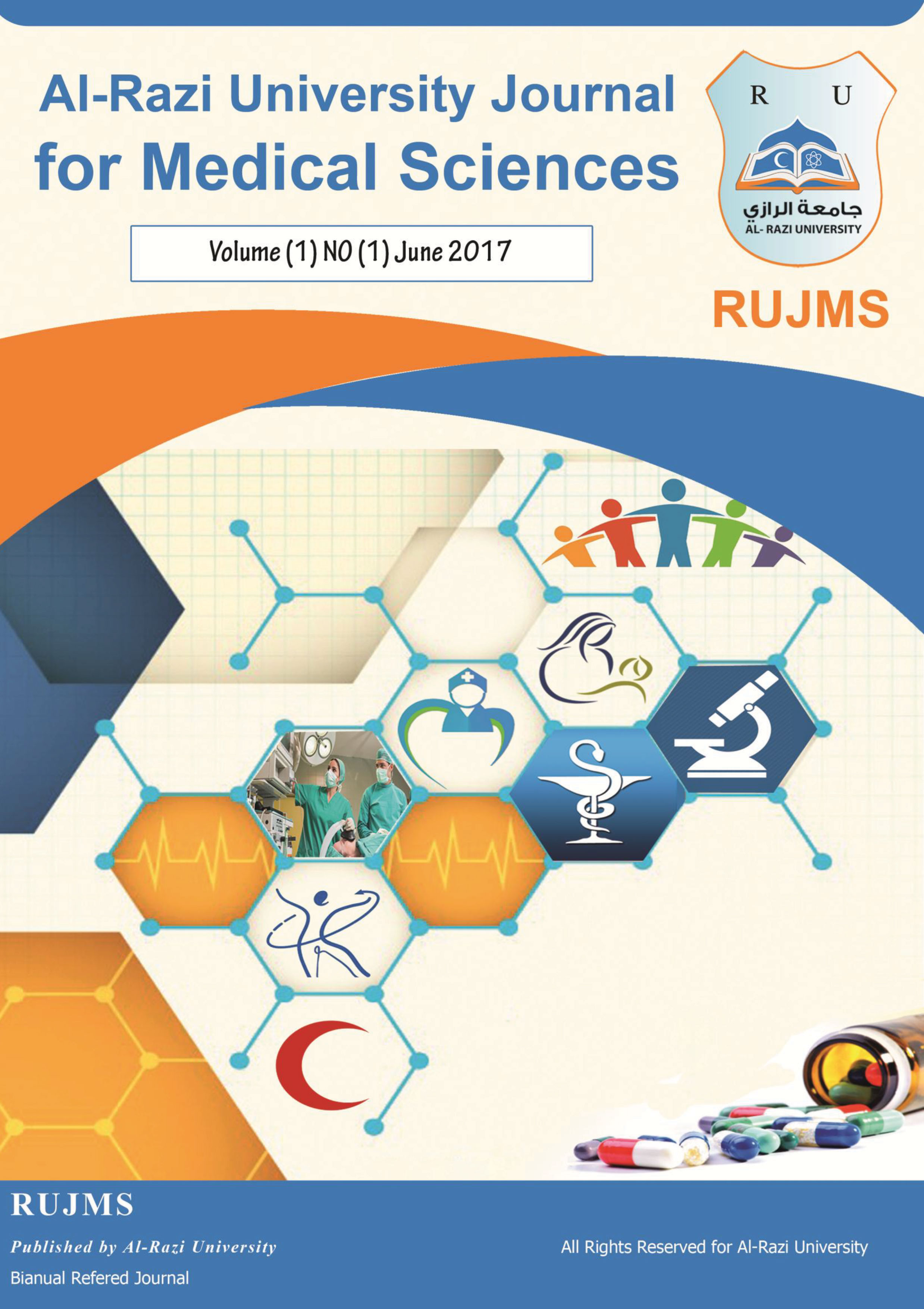Interaction Studies of Vinblastine Drug with Human Serum Albumin (HSA) by Spectroscopic and Molecular Modeling Studies
Waddhaah M. Al–Asbahy1* , Manal Shamsi2 1Department of Pharmacy, Al-Razi University, Sana'a, Yemen., 2Department of Chemistry, Taiz University, Taiz, Yemen.
Abstract
Background: The interactions of anticancer drugs with blood plasma constituents, particularly with human serum albumin (HSA) have a major influence on drug pharmacology and efficacy in overcoming the biological barriers to drug delivery and the targeting of active drugs to their specific site of action. Aim: to examine the interaction of vinblastine with human serum albumin (HSA) by means of various spectroscopic method (viz: UV/visible) in combination with molecular docking techniques. Methods: HSA was purchased from Sigma and used without further purification. Vinblastine, Tris(hydroxymethyl) aminomethane or Tris Buffer (Sigma), were used as received. Doubly distilled water was used as the solvent throughout the experiments. All reagents were of the best commercial grade and were used
without further purification. Human serum albumin of 1×10-3 M was prepared by dissolving protein in Tris-HCl buffer solution at pH 7.4. Results: The results of fluorescence measurements indicate that Vinblastine has a strong ability to quench the intrinsic fluorescence of HSA through static quenching procedure. The binding constants (K) at different temperatures and thermodynamic parameters, enthalpy changes (ΔH) and entropy changes (ΔS) were calculated according to the fluorescence data. Furthermore, molecular docking studies revealed that the, Vinblastine was located to the entrance of site I by
electrostatic and hydrophobic forces, which matched exactly with the corresponding experimental results. Conclusion: All the experimental results and theoretical data indicated that Vinblastine drug bound to HSA and was effectively transported and eliminated in the body. Such findings may provide useful guidelines for further drug design.
الخلفية: يمتلك تفاعل الأدوية المضادة للسرطان مع مكونات بلازما الدم، وبشكل خاص مع الألبومين البلازمي للبشر (HSA)، تأثيراً كبيراً على الفارماكولوجيا للدواء وفعاليته في التغلب على الحواجز البيولوجية لتوصيل الدواء واستهداف الأدوية النشطة إلى مواقعها الخاصة للعمل. الهدف: دراسة تفاعل الفينبلاستين مع الألبومين البلازمي للبشر (HSA) باستخدام طرق طيفية مختلفة (مثل: UV/visible) بالإضافة إلى تقنيات التشكيل الجزيئي. الطرق: تم شراء HSA من شركة Sigma واستخدامه دون تنقية إضافية. تم استخدام الفينبلاستين ومحلول Tris(hydroxymethyl) aminomethane أو Tris Buffer (Sigma) كما تم استلامهم. تم استخدام ماء مقطر مزدوج خلال جميع التجارب كمذيب. كانت جميع المواد الكيميائية من أفضل الدرجات التجارية وتم استخدامها دون تنقية إضافية. تم تحضير ألبومين البلازمي للبشر بتركيز 1×10-3 M من خلال ذوبان البروتين في محلول تريس-هيدروكلوريد عند pH 7.4. النتائج: أظهرت قياسات الفلورسنس أن الفينبلاستين لديه القدرة القوية على كبت الفلورسنس الداخلية لـ HSA من خلال عملية الكبت الساكنة. تم حساب ثوابت الربط (K) عند درجات حرارة مختلفة والمعلمات الحرارية، تغيرات الإنثالبية (ΔH) وتغيرات الانتروبية (ΔS) وفقًا لبيانات الفلورسنس. علاوة على ذلك، كشفت دراسات التشكيل الجزيئي أن الفينبلاستين كان موجودًا عند مدخل الموقع I عن طريق القوى الكهربائية والهيدروفوبية، وهو ما تطابق تمامًا مع النتائج التجريبية المقابلة. الاستنتاج: أشارت جميع النتائج التجريبية والبيانات النظرية إلى أن الفينبلاستين يرتبط بـ HSA ويتم نقله وإزالته بشكل فعال في الجسم. قد توفر مثل هذه النتائج إرشادات مفيدة لتصميم الدواء المستقبلي.

